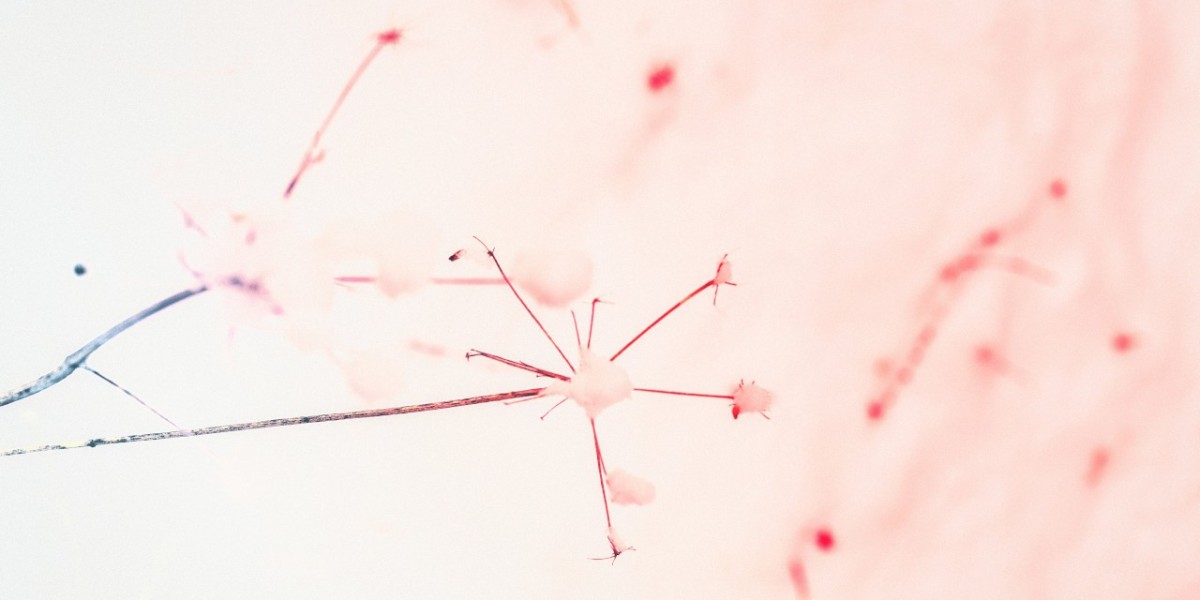In the fall of 2013, the scientific community held its breath as NASA's Mars Rover Curiosity prepared to touch down on the dusty red surface of the Red Planet. On October 10, 2013, after months of anticipation and meticulous planning, this groundbreaking space mission reached a pivotal moment. The Mars Rover Curiosity, a car-sized robotic vehicle, embarked on a nerve-wracking descent through the thin Martian atmosphere. Suspended by a remarkable sky crane, the rover navigated a carefully choreographed landing procedure, aiming for the Gale Crater, one of the most scientifically interesting spots on Mars. This historic event symbolized humanity's determination to push the boundaries of knowledge and explore the mysteries of our neighboring planet in unprecedented detail.
The landing of Curiosity marked a significant milestone in space exploration, as it was the largest rover ever sent to Mars. Weighing in at about 1,982 pounds (899 kilograms) and equipped with an array of scientific instruments, Curiosity possessed the capability to study the Martian climate, geology, and potential for supporting microbial life. The rover's primary mission was to seek evidence of past or present habitability on Mars by examining its environment, geology, and climate.
With precise calculations and the technological marvel of the sky crane system, Curiosity descended towards its destination. Suspense filled the control room at NASA's Jet Propulsion Laboratory (JPL) as engineers monitored the rover's progress in real-time. Minutes felt like hours as everyone anticipated confirmation of a safe landing.
Finally, at 10:32 p.m. Pacific Daylight Time (PDT), a crackling voice exclaimed, Touchdown confirmed! A roar of jubilation reverberated through the JPL, and the world erupted in celebration as the news rapidly spread. Curiosity had not only survived the daunting seven minutes of terror descent but had also nestled safely within the Gale Crater. The exhilaration of the moment was palpable as scientists, engineers, and space enthusiasts around the globe marveled at this remarkable achievement.
The Mars Rover Curiosity immediately began transmitting back breathtaking images of its surroundings, painting a vivid picture of the Red Planet for humanity to behold. The mission's goal of exploring the ancient lakebed within the Gale Crater and investigating how Mars' climate evolved from potentially habitable conditions to its current arid state could now commence.
Over the years, the Mars Rover Curiosity has exceeded expectations. It has uncovered evidence of a past, habitable environment, finding organic molecules and even signs of potential microbial life. This mission has reshaped our understanding of Mars and further ignited our curiosity about the possibilities of life beyond Earth.
The successful landing of Curiosity in October 2013 served as a testament to human ingenuity, collaboration, and the insatiable desire to unlock the secrets of the universe. It marked a transformative moment in space exploration, opening up new avenues for scientific advancements and paving the way for future missions to Mars.








